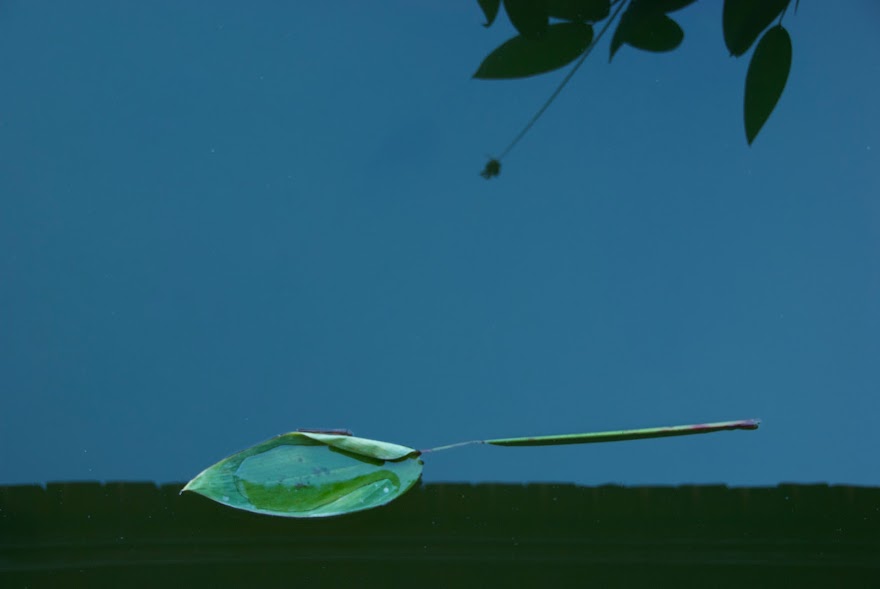I dragged the stuff I’ve accumulated to take back to GANNET from the closet yesterday and packed it in a duffle bag. Before doing so, I put on my dry suit for the second time. This requires curious contortions here in the condo and will be challenging in GANNET’s Great Cabin. Once on at sea, it may never come off.
The drysuit is made by Stohlquist, a company I had not heard of before. In goggling drysuits, I found favorable reviews of it, including comments that, except for a lamentable design decision to try to make it look like two piece foul weather gear, it is identical to a dry suit costing several hundred dollars more made by another company. I had an odd and unfortunate experience with that other firm and would not have bought from them anyway. Just before Christmas, the Stohlquist Shift Drysuit was on sale for 20% off at Backcountry, so mine only cost $759, including shipping. ‘Only’ here is relative, but good foul weather gear can now run more than $1000.
Such expensive gear is far from essential.
I made my first rounding of Cape Horn wearing foul weather gear labelled ‘coastal’; and Vito Dumas, the first man to survive rounding Cape Horn, did so in winter, stuffing newspaper in his oilskins as insulation.
The Stohlquist suit appears to be very well made. It is heavy and bulky. I might have to keep the duffle bag I’m using to transport stuff this time to stow it.
When I tried it on the first time, the latex seals at neck and wrists were stranglingly tight. In maintenance instructions on their website, Stohlquist advises that the seals need to be trimmed to size. I did this yesterday, trimming a bit three times. I now have the neck right, but may have to cut a little more from the wrists. Booties are built in, so there are no ankle seals.
I already have two good suits of foul weather gear on GANNET, one heavy, one light. The heavy suit dates from THE HAWKE OF TUONELA; the light I bought to sail GANNET on Lake Michigan. Crossing the Pacific in GANNET, I seldom wore foul weather gear, and the heavy suit only in the final gale as I neared New Zealand.
I don’t expect to need the dry suit this year, sailing from New Zealand to South Africa; but I might next year if I go down to the Falklands and try the Horn from the east.
I’m not being coy about this. Obviously I’m making preparations, but something could happen to me or to GANNET before St. Helena that will cause me to change my mind.
Other stuff in the duffle bag includes a plastic sextant; a new pair of boat shoes; a new pair of Dubarry sea boots—these and the dry suit were gifts from Carol; another Raymarine tiller pilot—this makes three, plus the mostly under deck Pelagic; secondhand carbon fiber tiller; a replacement Sport-a-Seat cover; a gel cushion because after four years the foam in one of my Sport-a-Seats is becoming compressed; three replacement LuminAid lights after my earlier ones were washed overboard; a flagpole and flagpole socket; courtesy flags for Australia, Mauritius—though I may not stop there, and South Africa; a replacement dock line; Dyneema line for replacement lifelines; a foil reflective survival blanket and a foil sleeping bag, which might work to keep water off my regular sleeping bag; epoxy; lubricant; Dremel cutting discs; a 1¼” hole saw to cut the hole for the pole mount; an electric drill mounted buffing pad—GANNET’s topsides need buffing; two short links of G-10 rod that may be used to mount the tiller pilot pin on the carbon fiber tiller; and a few other odds and ends that I am probably forgetting.

